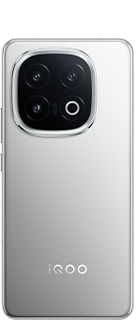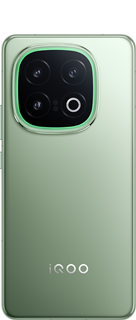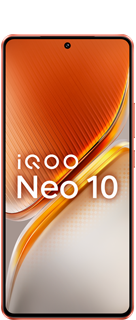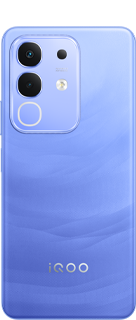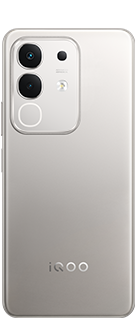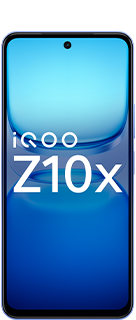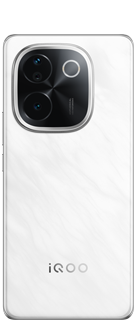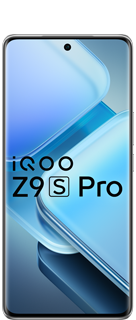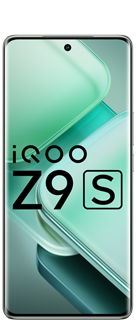Quick Share: Android's Answer to AirDrop, Revolutionizing File Sharing🔗🔗
For years, Apple's AirDrop held a near-monopoly on seamless, device-to-device file sharing within its ecosystem. Android users, meanwhile, grappled with a fragmented landscape of Bluetooth transfers, third-party apps, and cloud-based solutions, none of which offered the simplicity and speed of AirDrop.
However, Google's introduction of Quick Share has fundamentally altered this dynamic. It provides a powerful, user-friendly alternative that's rapidly becoming the standard for Android file sharing.

The Pain Points of Pre-Quick Share Android:
Before Quick Share, transferring files between Android devices was often cumbersome. Bluetooth, while ubiquitous, was notoriously slow, especially for larger files like videos or high-resolution photos. Third-party file-sharing apps, while offering faster speeds, required both sender and receiver to have the same app installed, creating friction. Cloud-based solutions, while convenient for sharing across distances, relied on internet connectivity and consumed data.

Quick Share's Arrival: A Paradigm Shift:
Quick Share, initially known as Nearby Share, emerged as Google's answer to these challenges. Leveraging a combination of Bluetooth, Wi-Fi Direct, and ultra-wideband (UWB) technology (where available), Quick Share provides a fast, efficient, and seamless file-sharing experience. Key features include:
- Speed and Efficiency: Wi-Fi Direct enables significantly faster transfer speeds compared to Bluetooth, allowing users to share large files in seconds.
- Simplicity and Ease of Use:Simplicity and Ease of Use: Quick Share is integrated directly into the Android operating system, making it easily accessible through the share sheet.
- Cross-Platform Compatibility: While initially focused on Android devices, Google has expanded Quick Share to ChromeOS and is developing a Windows application, increasing its usefulness.
- Privacy Controls: Users can control their visibility and who can send them files, ensuring privacy and security.
- Seamless Integration: The ability to find nearby devices and send files with a couple taps makes it a very user friendly feature.

Challenging AirDrop's Dominance:
Quick Share's seamless integration and impressive performance have positioned it as a direct competitor to AirDrop. While AirDrop remains a staple for Apple users, Quick Share's cross-platform ambitions and growing adoption are chipping away at AirDrop's dominance.

Here's how Quick Share is challenging AirDrop:
- Expanding Ecosystem: The push to bring Quick Share to Windows is a significant advantage, potentially bridging the gap between Android and PC users. AirDrop, while excellent within the Apple ecosystem, remains limited to Apple devices.
- Openness and Accessibility: Android's open nature and Quick Share's integration into the OS mean it's available to a vast user base, including those with diverse device manufacturers.
- Continuous Improvement: Google's ongoing development of Quick Share, including optimizations for speed and reliability, demonstrates a commitment to making it a leading file-sharing solution.
- Universal usage: The rebranding to Quick Share and the collaboration with Samsung's Quick Share to consolidate the name show a push for universal usage.

The Future of File Sharing:
Quick Share's impact on the Android ecosystem is undeniable. It has streamlined file sharing, making it faster, easier, and more convenient for millions of users. As Google continues to expand its reach and improve its functionality, Quick Share is poised to become the go-to file-sharing solution for a broad range of devices.
Conclusion
Quick Share has not only revolutionized Android file sharing but has also emerged as a formidable challenger to Apple's AirDrop. By focusing on speed, simplicity, and cross-platform compatibility, Google has created a powerful tool that is reshaping the way we share files.
Please sign in
Login and share

